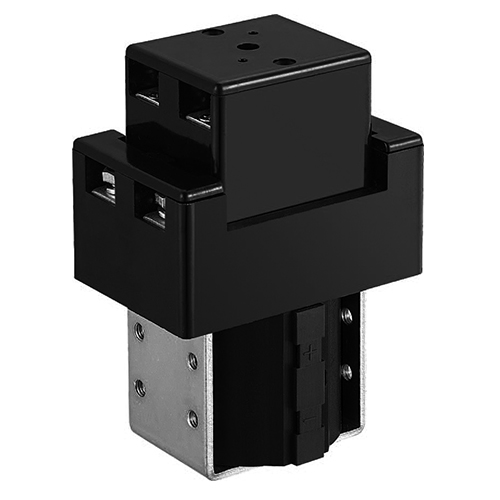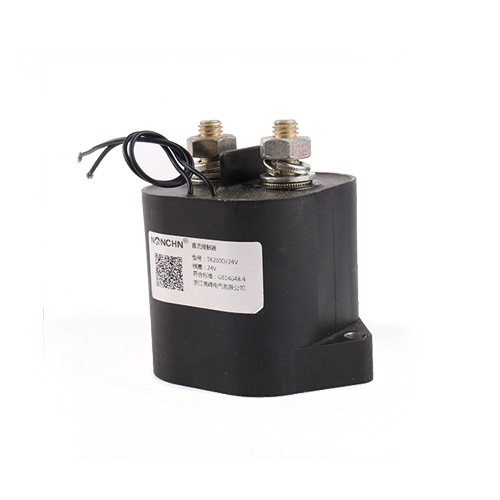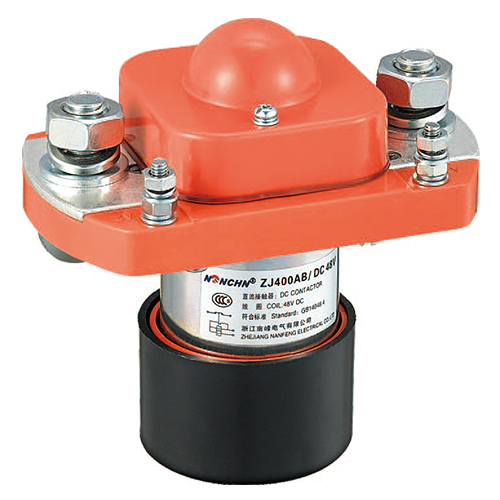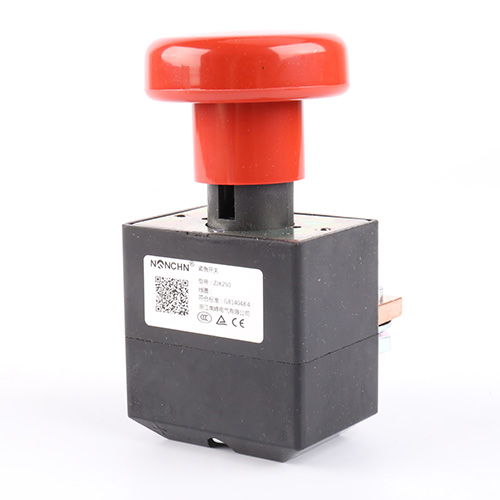 Civil melting contactors are divided into AC contactors (voltage AC) and DC contactors (voltage DC), which are used in electric power, power distribution and electricity applications. In a broad sense, a contactor refers to an electrical appliance that uses a coil to flow current to generate a magnetic field and close the contact to control the load. Below we introduce the working principle and structure of the DC contactor.
Civil melting contactors are divided into AC contactors (voltage AC) and DC contactors (voltage DC), which are used in electric power, power distribution and electricity applications. In a broad sense, a contactor refers to an electrical appliance that uses a coil to flow current to generate a magnetic field and close the contact to control the load. Below we introduce the working principle and structure of the DC contactor.
DC contactors are mainly used to open and disconnect DC circuits over long distances, frequently start, stop, reverse and reverse brake DC motors, and frequently open and close lift solenoid valves, solenoid valves, clutch solenoid valves, etc. DC contactors have two structures: three-dimensional layout and plane layout. Some products are derived from AC contactors. Therefore, the structure and working principle of DC contactors are basically the same as AC contactors, mainly composed of electromagnetic mechanism, contact system and arc extinguishing device composition.
The main results are as follows: (1) DC contactor of the electromagnetic mechanism The electromagnetic mechanism is composed of an iron core, a coil and an armature, and mainly adopts a flapping structure with edge rotation and angle rotation. Since the coil is connected to the direct current, there is no eddy current in the iron core during normal operation, the iron core will not heat up, and there is no iron loss, so the iron core can be made of all cast iron or cast steel. There are many DC contactor coils. In order to make the coil dissipate well, the coil is usually wound into a thin cylinder. Since the magnetic flux in the magnetic core is constant, there is no need to provide a short-circuit ring on the pole face of the magnetic core. In order to ensure the reliable release of the armature, it is usually necessary to set a non-magnetic spacer between the iron core and the armature to reduce the influence of residual magnetic resistance.
DC contactors above 250 A usually use series double winding coils, that is, the starting coil. Coil 2 is the holding coil, and the normally closed contact of the contactor is parallel to the holding coil. "When the circuit is opened, the coil 2 is short-circuited due to the usual closed contact, so the coil 1 can obtain greater current and suction. When the contactor is working, the normal closed contact is opened, and the coil 1 and the coil 2 are energized in series. Due to the constant voltage, the current is small, but the title can still be maintained.
(2) The DC contactor of the contact system has a main contact and an auxiliary contact. The main contact is generally unipolar or bipolar. Because the contact is connected or disconnected with a large current, the rolling contact is used. Finger contacts and auxiliary contacts have small switching currents, and double-breakpoint bridge point contacts are often used.
(3) Since the DC arc does not have the natural zero-crossing point like the AC arc, the main contact of the DC contactor is more difficult to disconnect the large current (DC circuit), and it often produces a strong arc, which is easy to burn the contact and delay the power failure. In order to quickly extinguish the arc, the DC contactor generally uses a magnetic blowing arc extinguishing device, equipped with a partition and a clay arc extinguishing cover. A small-capacity DC contactor is also used.
Company Profile
Zhejiang Nanfeng Electric Co., Ltd. is a company. With DC contactor as the leading factor, it integrates production, R & D, manufacturing anAn enterprise that can be integrated. Our company is specialized in producing medium load and heavy load DC contactor is suitable for electric forklifts, battery cars, tractors, and excavating. Machine, automobile air conditioner, communication power supply, uninterrupted power supply, electroplating power supply, etc. system The switch control of the integrated electronic control circuit has the advantages of small volume and large load capacity. Long service life, simple maintenance, wide application range, and well received by users. Welcome.
TEL: +86-577-62797256 62776658
FAX:+86-577-62797257
EMAIL:king@kingnan.com









